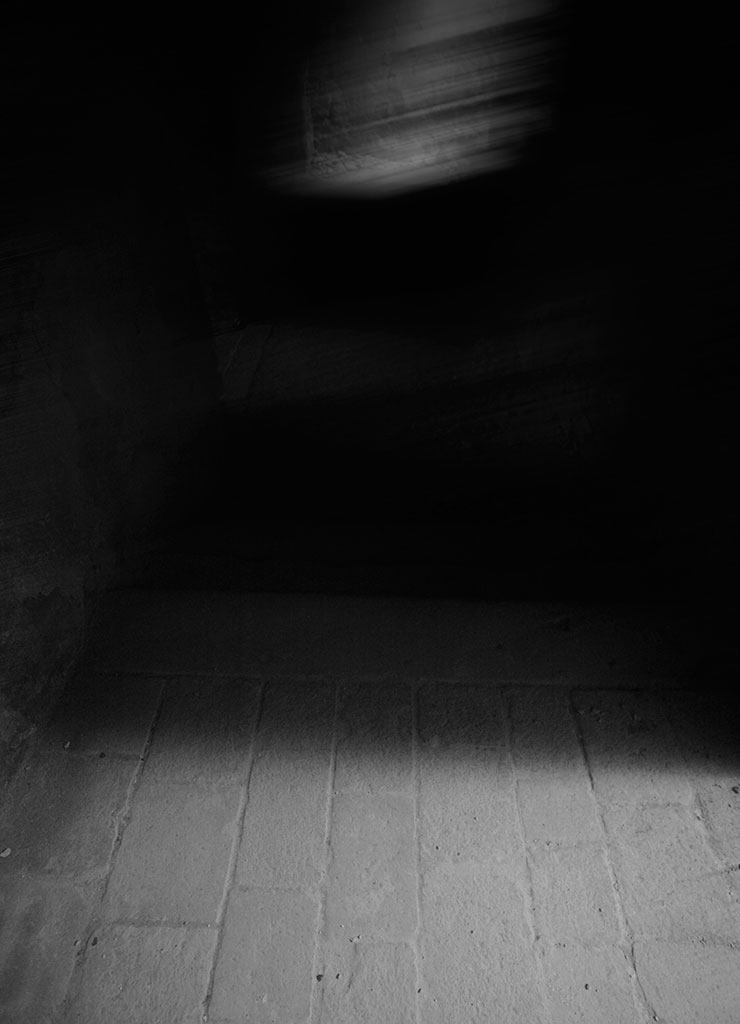spatial studies water / "densities"
longtime studies to research space and spatial densities based on frequencies visualised by water.
"most of this theory was developed as a result of written contacts and communications with residents of these supposedly separate realities. i now believe that these planes fully penetrate our physical space and coexist, but know little about each other.
a simple comparison, which i have used before, is watching an actor in two different TV shows, both received on the same TV but not viewable at the same time. this seems to be what we experience in everyday life: a channel or a density of existence, of being, completely unaware that countless beings occupy other frequency ranges of our physical space. the point of all this is that our reality is not unsurpassable or the only one; rather, it is only presently our reality. [. . . ] what i say is synonymous with the statement that the fourth program on a television set resembles the third program, but does not run on its program slot.
if you were given the task to build a scale model of any atom where the size of a pea corresponds to the atomic nucleus, the model would have to be as big as a football stadium to contain only the innermost circling electrons. if you put the pea exactly in the middle of the playing field, then a small cotton ball on the top seat of the tribune would correspond to an electron of the atom. in the material world there is in fact very little matter. if you look at the stars in the night sky, you see something very similar to what you would probably see if you could stand on the cell nucleus of an atom made of „solid"; matter and look out into the environment.
to demonstrate the existence of an electron, a physicist would probably show a curvilinear trace of an electron on a photographic plate. what he probably would not say is that this is only second-hand evidence. the electron itself has never been observed; only its effect on a dense medium can be recorded. it is of course possible to make exact mathematical calculations about what we call an electron. for such work we would need to know some data about magnetic field strength, electron charge and acceleration. but since a magnetic field is created by moving charges, which are empirically observed phenomena, such a mathematical diversion masks the fact that our real knowledge is limited to the fact that charged particles have an effect on each other.
experienced scientists would be the first to agree with the statement that there is no absolute scientific explanation for anything. science is rather a method or tool of prediction in which one or more observations are related to each other. in physics, this is usually done through the language of mathematics. our scientific learning is learning by observing and analyzing that observation. in the sense of penetrating the fundamental being of things, we really know nothing at all.
a magnetic field is nothing more than a mathematical method by which the relative motion between electric fields is expressed. electric fields are complex, mathematical interpretations of a completely empirical observation, expressed in coulomb's law. in other words, our forest of scientific knowledge and explanations consists of trees of which we understand nothing except their effects, their presence. for a person who is not familiar with the internal working methods of modern science, it may seem that modern man has his environment well under control and fully understood. nothing could be further from truth."
[james allen mccarty, don elkins, carla rückert / excerpt from das gesetz des einen, buch eins]

densities / spatial studies / 2013 - 2016
film: 22quadrat / sound: tim erdmann [monokrom]